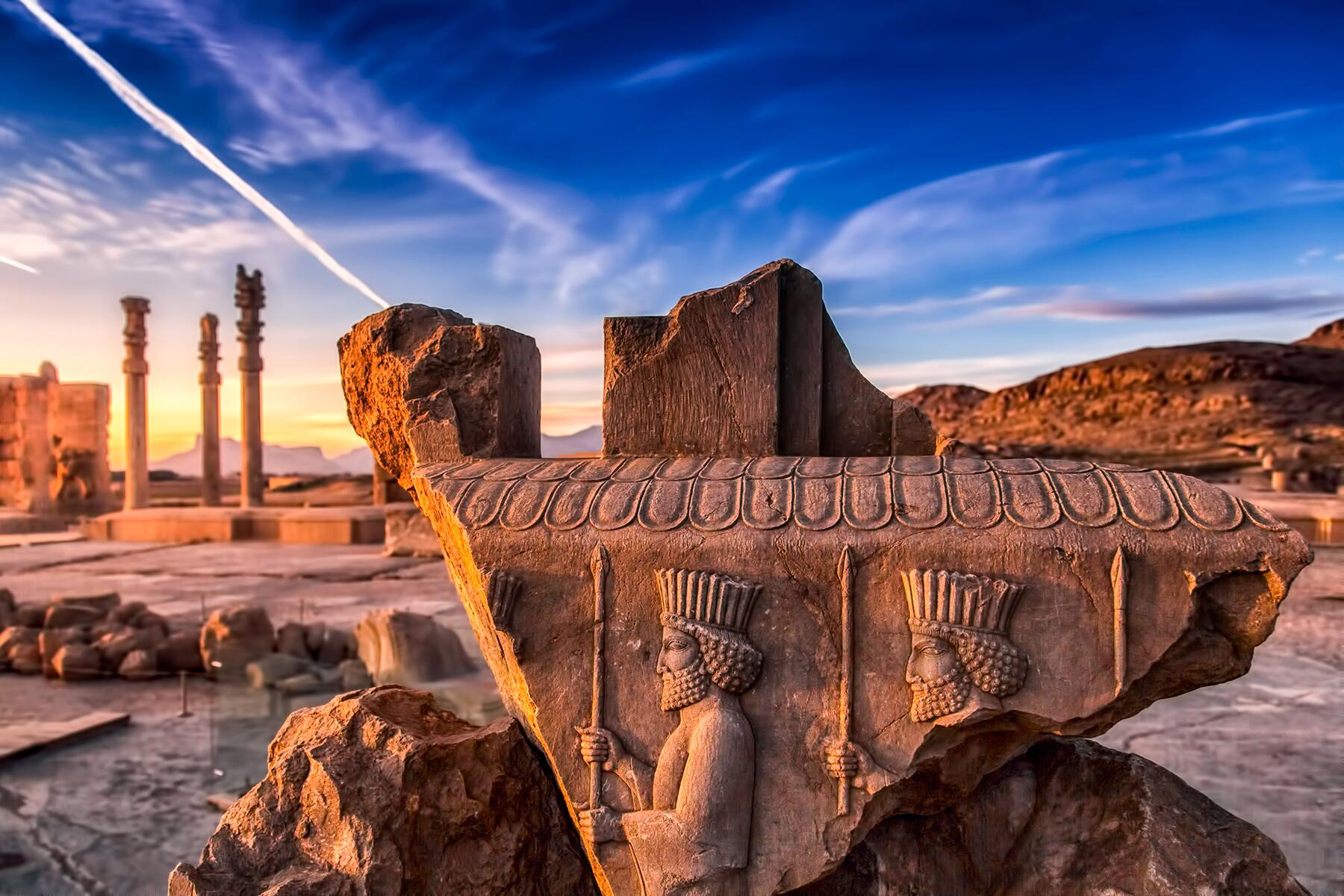Iran’s cultural properties define not just the country’s history and identity, but the heritage of the world.
In the aftermath of World War II, as the Cold War simmered steadily between East and West, the Hague Convention was born. The international treaty condemned the destruction of all exceptional cultural property—everything from museums to libraries to archaeological sites—in the event of armed conflicts. Important cultural, architectural, and historical heritage defines not just an ethnic group or a nation, says the Convention, but the humanity of the world. Its destruction is a crime against humanity.
Since its writing in 1954, 133 countries have ratified the international humanitarian law, including the United States, which signed on in 1994. But that changed this week when President Donald Trump defied the Hague Convention by threatening by tweet to target “52 Iranian sites…important to Iran & Iranian culture” as a means of retaliation in the event the Iranians attack the United States. The current tensions are a result of the U.S. assassination of Iran’s major general Qasem Soleimani.
Though Secretary of Defense Mark Esper has since insisted the Pentagon has ruled out striking cultural sites and Trump on Tuesday downplayed his initial tweet by affirming that “we will obey the law,” the threat still lingers. These are just ten of the most important cultural properties at stake.




